About Us

Gentle Machine Wash
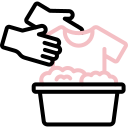
Hand Wash

Wash Separately

Home Iron
About Anooz Studio
Anooz Studio, a clothing business born from the heart of cotton fields, emerges as a beacon of hope amidst the hardships faced by farmers and weavers. Anooz Studio has been envisioned as a brand that not only offers sustainable fashion but also advocated for the rights and well-being of those marginalised by systemic injustices.
Anooz Studio embodies compassion in every thread, forging direct partnerships with local weavers and farmers to ensure fair wages and safe working conditions. Each garment tells a story of resilience, blending traditional craftsmanship with modern aesthetics while amplifying the voices of those often silenced. Through advocacy, community development, and mental health support initiatives, Anooz Studio seeks to break the cycle of poverty and despair, offering a ray of hope for a brighter future in the intricate web of cotton cultivation and weaving, weaving a narrative of hope and possibility for generations to come.
At Anooz Studio, we create more than just garments—we craft stories of resilience, equality, and hope. Deeply connected to the cotton fields, we champion sustainable fashion that empowers marginalized farmers and weavers. By fostering fair partnerships, supporting community development, and advocating for mental health, we design modern pieces that celebrate tradition while paving the way for a more equitable and sustainable future
How We Works

Raw Material:
- Use of natural fibers for cotton, silk, and linen
- Selection of yarn based on texture, strength, and color fastness

Yarn Preparation:
- Spinning fibers into yarn using traditional handlooms or spinning wheels.
- Dyeing yarns manually, using natural or synthetic dyes depending on desired color

Design and Patterning:
- Traditional handloom designs include checks, circles ,arrows, stripes, and intricate motifs
- Patterns often created using simple drafting methods or intricate handloom jacquard systems

Weaving Process:
- Manual operation of handlooms, often requiring skilled artisans for each piece
- Weaving techniques include plain weave, or more complex patterns like ikat or jacquard

Finishing Techniques:
- Washing, softening, and pressing the fabric to enhance texture and appearance
- Some fabrics may be treated for extra durability or to achieve specific finishes (e.g., stiff, soft, or glossy)

Cutting and Sewing:
- Once the fabric is ready, it's cut according to the garment design
- Sewing is done manually or with minimal machine use to maintain a hand-crafted aesthetic.

Quality Control:
- Inspection of the handwoven fabric for any defects
- Ensuring the final product meets the desired quality in terms of strength, appearance, and functionality

Sustainability and Ethics:
- Many handloom products are considered eco-friendly due to minimal machine usage and reliance on local, natural resources
- Promoting fair labor practices and supporting local artisans

Market and Distribution:
- Handloom textiles are often sold at local markets, craft fairs, or through specialized retailers
- Growing global demand for ethical and sustainable fashion contributes to market expansion

Cultural Significance:
- Handloom fabrics often carry cultural and historical importance, reflecting heritage, customs, and traditions
- Certain techniques, are deeply intertwined with political and social movements


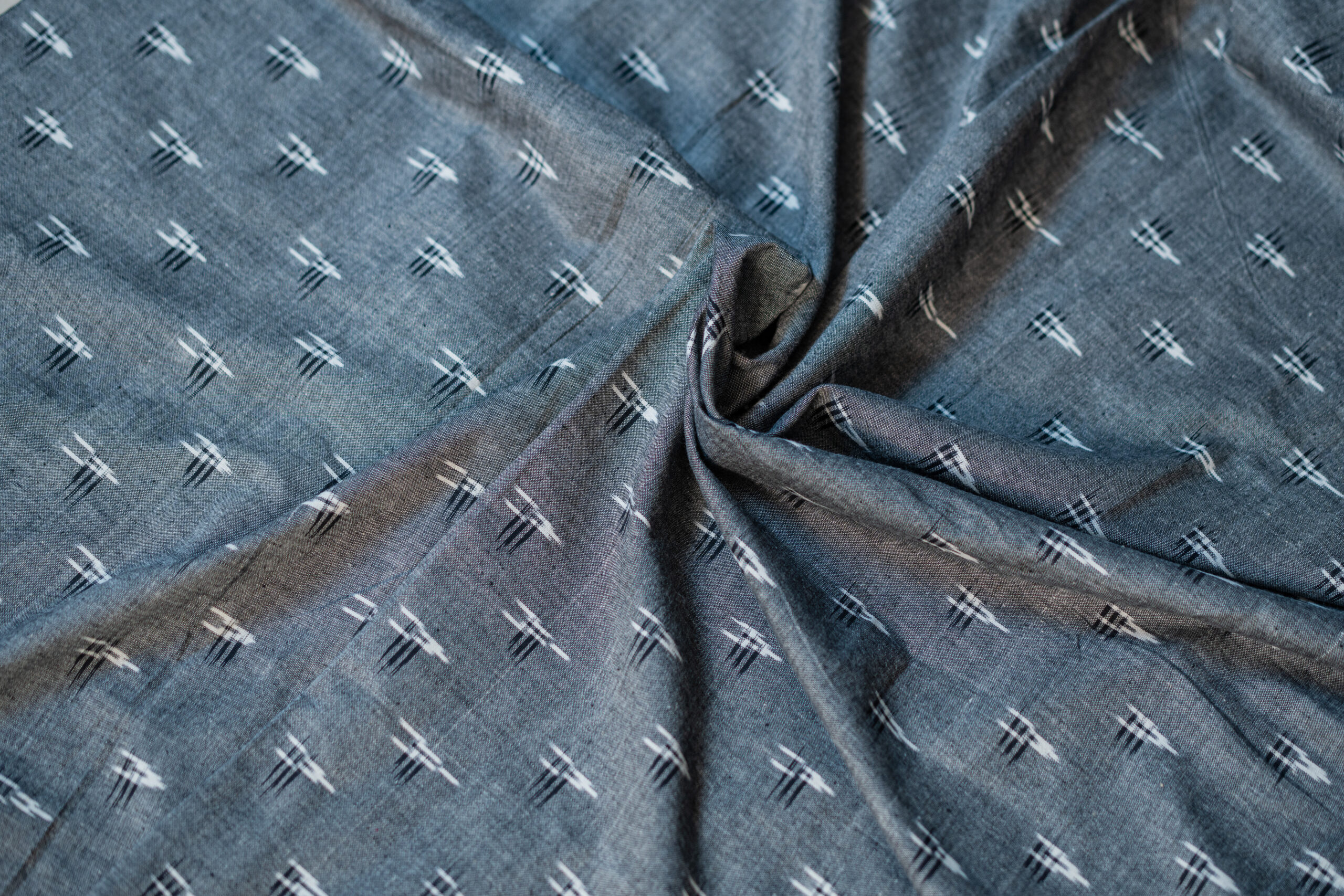
How We Work

Raw Material
- Use of natural fibers for cotton, silk, and linen.
- Selection of yarn based on texture, strength, and color fastness.

Yarn Preparation
- Spinning fibers into yarn using traditional handlooms or spinning wheels.
- Dyeing yarns manually, using natural or synthetic dyes depending on desired color.

Design and Patterning
- Traditional handloom designs include checks, circles ,arrows,stripes, and intricate motifs.
- Patterns often created using simple drafting methods or intricate handloom jacquard systems.

Weaving Process
- Manual operation of handlooms, often requiring skilled artisans for each piece.
- Weaving techniques include plain weave, or more complex patterns like ikat or jacquard.

Finishing Techniques
- Washing, softening, and pressing the fabric to enhance texture and appearance.
- Some fabrics may be treated for extra durability or to achieve specific finishes.

Cutting and Sewing
- Once the fabric is ready, it's cut according to the garment design.
- Sewing is done manually or with minimal machine use to maintain a hand-crafted aesthetic.

Quality Control
- Inspection of the handwoven fabric for any defects.
- Ensuring the final product meets the desired quality in terms of strength, appearance, and functionality.

Sustainability and Ethics
- Many handloom products are considered eco-friendly due to minimal machine usage and reliance on local, natural resources.
- Promoting fair labor practices and supporting local artisans.

Market and Distribution
- Handloom textiles are often sold at local markets, craft fairs, or through specialized retailers.
- Anooz Studio mission is to grow global demand for ethical and sustainable fashion by making it online. We will be using multiple marketing techniques to reach out to wider audience.

Cultural Significance
- Handloom fabrics often carry cultural and historical importance, reflecting heritage, customs, and traditions.
- Certain techniques, are deeply intertwined with political and social movements.
Types of Handloom
Anooz Studio embodies ethical fashion, specialising in handloom textiles and steadfastly advocating for the livelihoods of weavers throughout India. Through direct partnerships with skilled artisans, Anooz Studio ensures fair compensation and dignified working conditions, embodying a commitment to social responsibility. Every facet of Anooz’s operations, from sourcing premium yarn to collaborating closely with weavers on design concepts, reflects a dedication to preserving the integrity of traditional craftsmanship and supporting the weaver community.
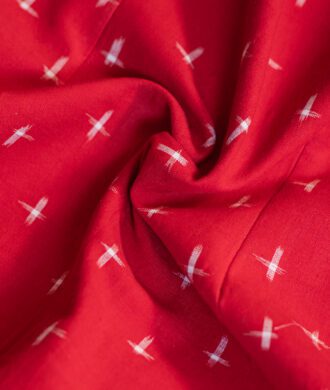
Double IKat
Double ikat is a revered weaving technique originating from the town of Pochampally in Telangana, India. Renowned for its exquisite craftsmanship and intricate designs, Pochampally double ikat involves the meticulous alignment and dyeing of both warp and weft threads before weaving, resulting in vibrant geometric patterns and rich colors that are characteristic of this textile tradition. Each piece is a masterpiece of precision and skill, reflecting the heritage and artistry passed down through generations of skilled weavers. Pochampally double ikat holds cultural significance as a symbol of identity, representing the timeless craftsmanship and ingenuity of traditional Indian textiles.
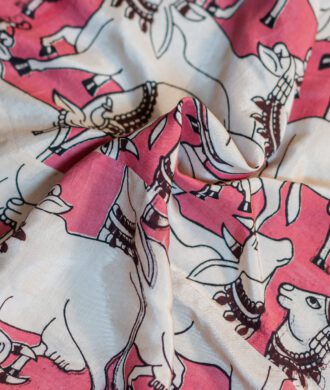
Kalamkari
Kalamkari designs typically feature elaborate motifs inspired by folklore, nature, and other aspects of traditional life. The artisans use natural dyes derived from plants, minerals, and other organic sources to achieve a vibrant color palette, including indigo, madder root, pomegranate peel, and alum. One of the distinctive features of Kalamkari is its labor-intensive process, which requires exceptional skill and precision. From preparing the fabric to drawing or printing the designs to applying multiple layers of dye, each step is meticulously executed by skilled artisans. Kalamkari textiles are widely used for creating sarees, dupattas and scarfs. Beyond its aesthetic appeal, Kalamkari holds cultural significance as a symbol of India's rich artistic heritage and craftsmanship, with each piece reflecting the creativity and storytelling traditions of generations past.
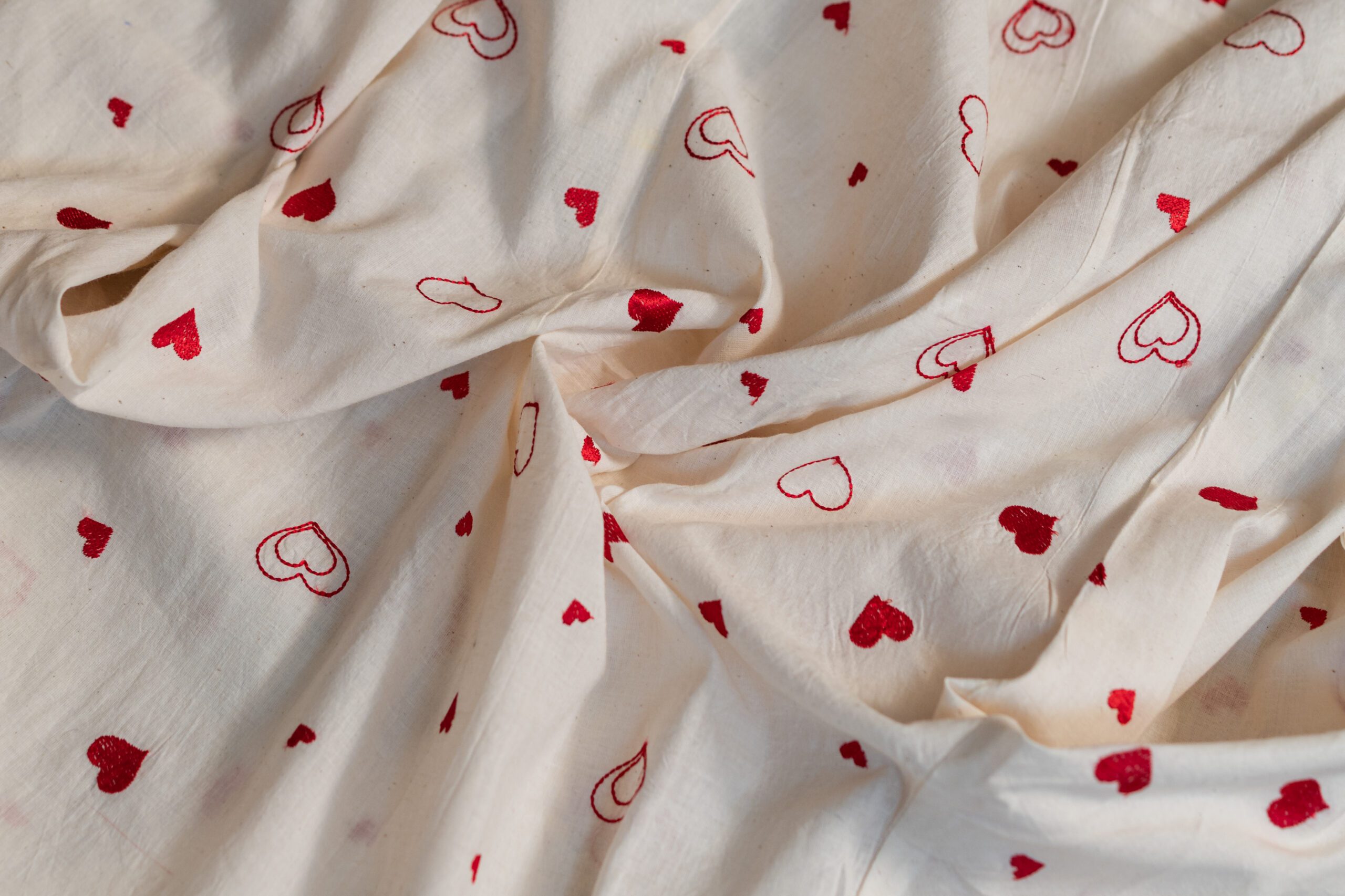
Mul Mul Cotton
Mul mul cotton, also known as muslin, is a lightweight and breathable fabric made from high-quality cotton fibers. The process begins with hand-harvesting cotton, followed by ginning to remove seeds, carding to align the fibers, and spinning them into fine yarn. The loose weave creates a soft, airy fabric that’s perfect for summer clothing. Ideal for lightweight garments, mul mul cotton offers comfort and versatility in every piece.
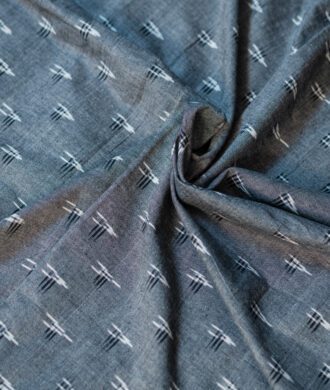
Single Ikat
Single ikat is a captivating textile technique where either the warp or weft threads are dyed before weaving, creating beautiful, blurred patterns that add depth and character to the fabric. Known for its vibrant colors and distinctive designs, single ikat offers a unique blend of tradition and modernity. Experience the artistry of single ikat in our collection, where each piece tells a story of craftsmanship and cultural heritage.
